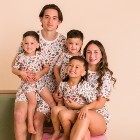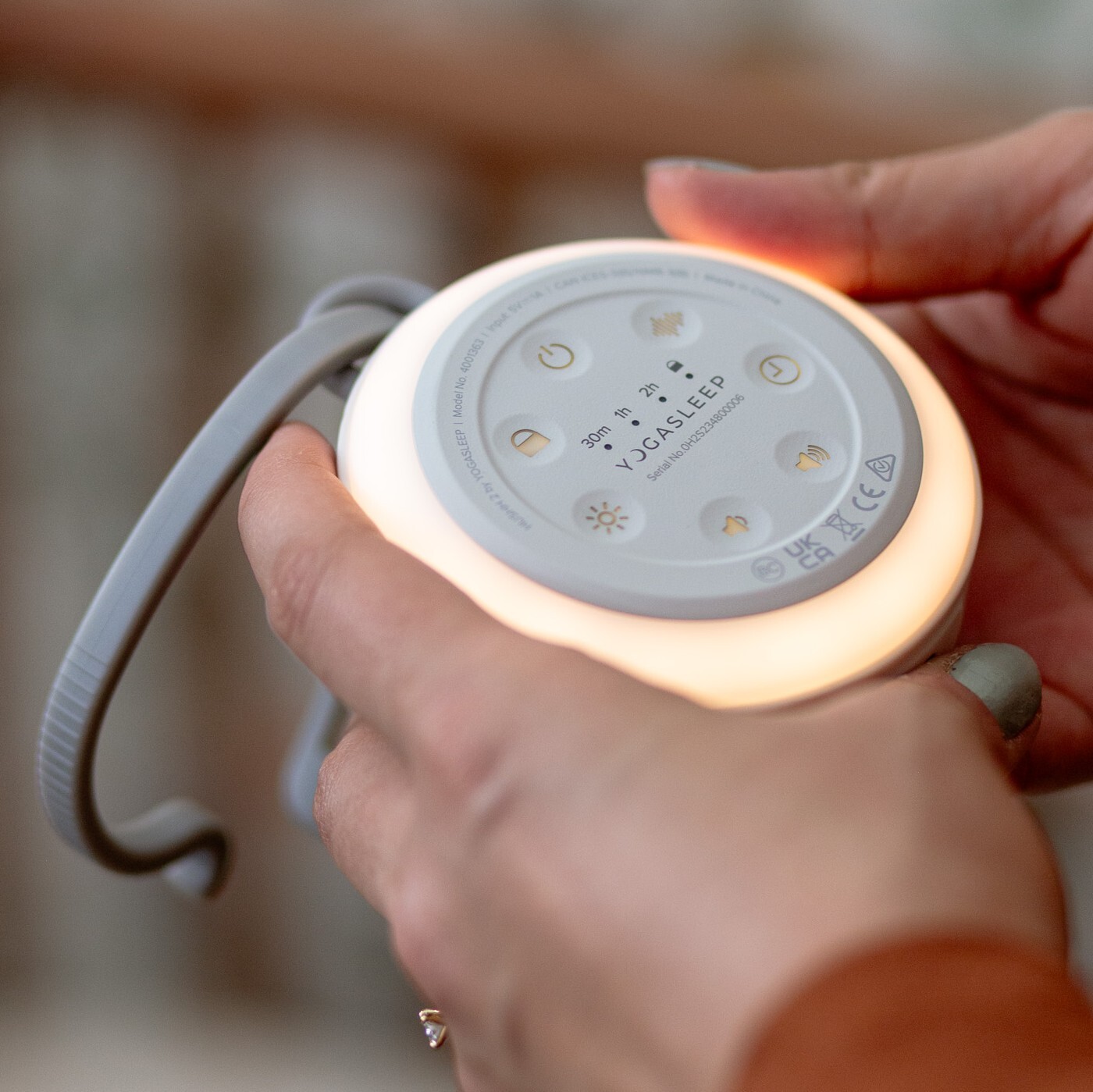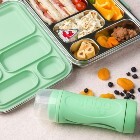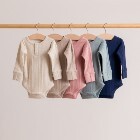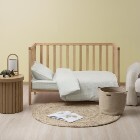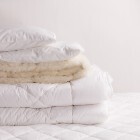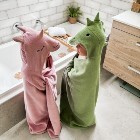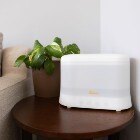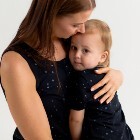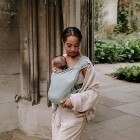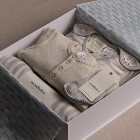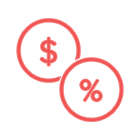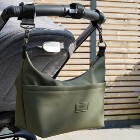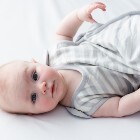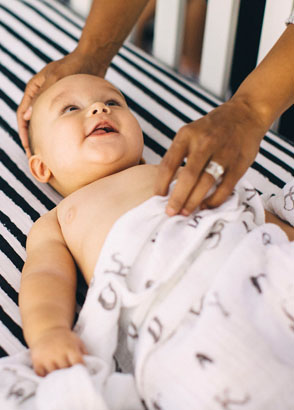Congratulations! If you’re reading this, it’s likely because you have your first baby on the way. Such an exciting and wonderful time, and filled with all the decisions about what you need to buy for your beautiful nursery.
At The Sleep Store, you’ll find our focus is not on an insta-worthy nursery or the cute cot sets with matching pillows and bumpers. Our focus is on safe sleep options and helping parents to choose a safe sleep option for their baby. It may surprise you that there are very safety standards for newborn baby beds in New Zealand.
While cots have a mandatory standard and travel cots have a voluntary safety standard in NZ, the beds that are commonly used for newborn babies in New Zealand have NO safety requirements. As a parent to be, we urge you to be informed and shop for your newborn bed from a retailer who can answer your questions about safety. In addition to the risk of suffocation, there are wider risks of SIDS/SUDI with babies 0-6 months. So it is even more important that a safe sleep space is chosen for babies for ALL sleeps. Often the occasional or accidental sleeping places are the ones that result in tragedy.


